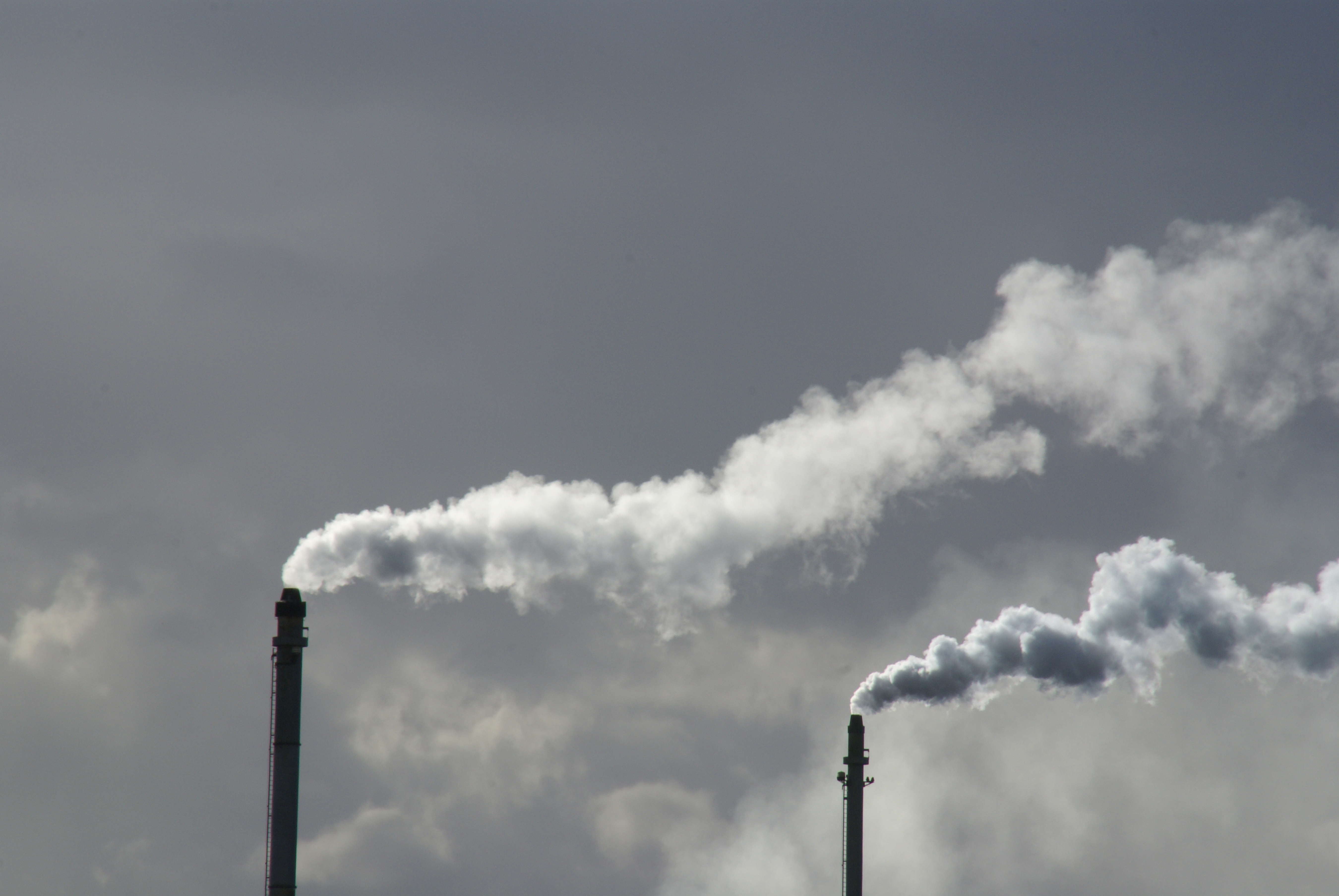 ©
Ian Britton
©
Ian Britton
The Earth has a natural greenhouse effect that is vital to life. Without it, the Earth’s average temperature would be a chilly -18°Celsius. The natural greenhouse effect is due to trace amounts of water vapour (H2O), carbon dioxide (CO2), methane (CH4) and nitrous oxide (N2O) in the atmosphere. These gases let solar radiation reach the Earth’s surface but absorb infrared radiation emitted by the Earth. This leads to the heating of the surface of the planet to a mean surface temperature that is 33°Celius greater than it would be in the absence of the natural greenhouse effect.
It is important to distinguish between the “natural” greenhouse effect and the “enhanced” greenhouse effect. The enhanced greenhouse effect refers to the heating of the planet resulting from increased concentrations of greenhouse gases induced by human activities. This enhanced effect is most often referred to as climate change or global warming.
The main greenhouse gases whose concentrations are rising are carbon dioxide, methane, nitrous oxide, hydrochlorofluorocarbons (HCFCs), hydrofluorocarbons (HFCs) and ozone in the lower atmosphere. The Global Atmosphere Watch (GAW) Programme of WMO monitors, analyses and publishes greenhouse gas data collected by fifty countries around the globe from the High Arctic to the South Pole.
High greenhouse gas levels mark start of new era of climate reality
Globally averaged concentration of carbon dioxide in the atmosphere reached the symbolic and significant milestone of 400 parts per million for the first time in 2015 and surged again to new records in 2016 on the back of the very powerful El Niño event, according to the annual Greenhouse Gas Bulletin published by WMO.
CO2 levels had previously reached the 400 ppm barrier for certain months of the year and in certain locations but never before on a global average basis for the entire year. The longest-established greenhouse gas monitoring station at Mauna Loa, Hawaii, predicts that CO2 concentrations will stay above 400 ppm for the whole of 2016 and not dip below that level for many generations.
The growth spurt in CO2 was fuelled by the El Niño event, which started in 2015 and had a strong impact well into 2016. This triggered droughts in tropical regions and reduced the capacity of “sinks” like forests, vegetation and the oceans to absorb CO2. These sinks currently absorb about half of CO2 emissions but there is a risk that they may become saturated, which would increase the fraction of emitted carbon dioxide which stays in the atmosphere, according to the Greenhouse Gas Bulletin.
Between 1990 and 2015 there was a 37% increase in radiative forcing – the warming effect on our climate – because of long-lived greenhouse gases such as carbon dioxide, methane and nitrous oxide (N2O) from industrial, agricultural and domestic activities.
Tracking Greenhouse Gas Emissions
WMO and its partners in the Global Atmosphere Watch (GAW) are developing a new approach to tracking greenhouse gas emissions called the Integrated Global Greenhouse Gas Information System (IG3IS). This new system aims to provide information that can help nations to track the progress toward implementation of their national emission pledges, improve national emission reporting and inform additional mitigation actions. By providing an additional way of identifying and estimating urban and national emissions, this approach supports the UN Framework Convention on Climate Change (UNFCCC) and its Paris Agreement as well as seeks to empower policymakers to take more effective action on mitigation.
Additional resources:
The carbon cycle – An animation that provides basic background about rising atmospheric levels of greenhouse gases
Measuring national emissions and Monitoring the atmosphere to reduce urban greenhouse gas emissions – Videos describing how high-resolution monitoring of the atmosphere combined with modelling can now be used to more accurately estimate greenhouse gas emissions in order to support decision-making.
WMO Greenhouse Gas Bulletin (GHG Bulletin) - No. 12: The State of Greenhouse Gases in the Atmosphere Based on Global Observations through 2015 – Latest report on atmospheric concentrations of greenhouse gases
NASA Climate Kids: Meet the Greenhouse Gases – Find out more on greenhouse gases through interactive downloadable cards